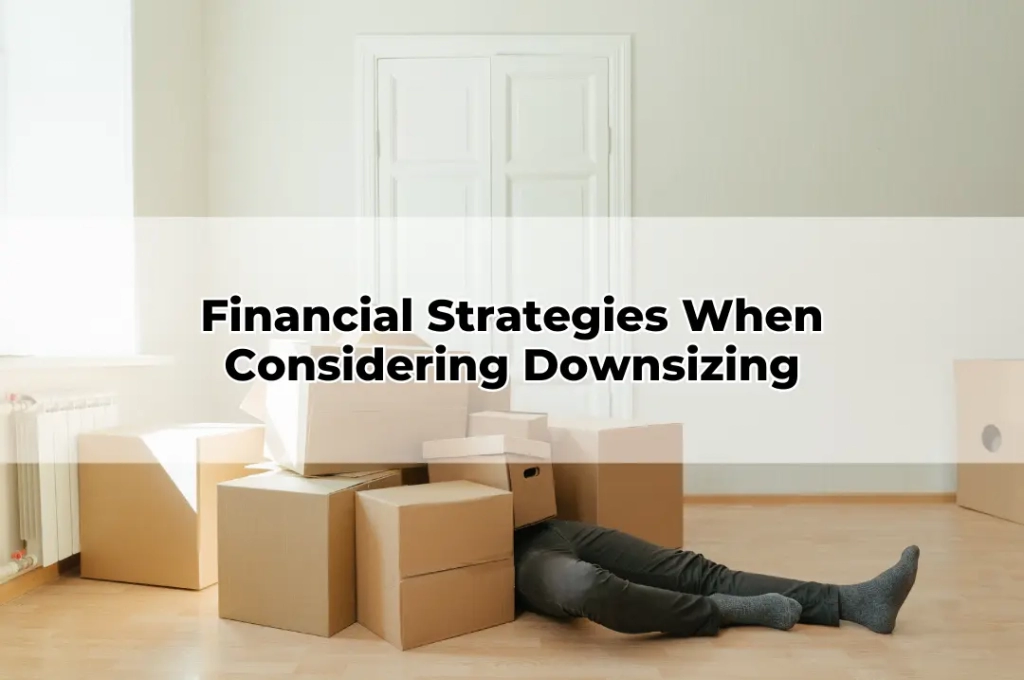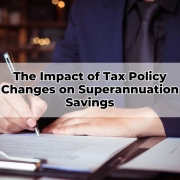Financial Strategies When Considering Downsizing
Table of Contents
ToggleDownsizing is often viewed as a simple decision to relocate to a smaller residence. However, it is a multifaceted financial strategy with implications for retirement, superannuation, and estate planning. Australians considering downsizing should assess the financial and lifestyle benefits to ensure they maximise the potential gains from this transition. From unlocking home equity to reducing maintenance costs, downsizing can serve as a powerful tool in wealth preservation and retirement funding.
The Financial Advantages of Downsizing
A primary benefit of downsizing is the opportunity to access capital tied up in the family home. Selling a larger property in favour of a smaller, more manageable one can free up significant funds for investment or other financial objectives. Additionally, reduced living expenses—such as lower council rates, utilities, and maintenance costs—can contribute to improved cash flow, supporting a more comfortable and financially stable retirement.
Potential Pitfalls to Consider
While downsizing can be financially advantageous, there are potential drawbacks that must be considered. Transaction costs, including stamp duty, real estate agent fees, and moving expenses, can erode the financial benefits. Additionally, Centrelink entitlements, particularly the Age Pension, may be impacted if the proceeds from the sale exceed certain asset thresholds. A thorough financial assessment is essential to mitigate these risks.
Maximising Superannuation Contributions from Downsizing
Under the Australian Government’s downsizer contribution scheme, eligible homeowners aged 55 and over can contribute up to $300,000 ($600,000 for couples) from the sale of their home into their superannuation fund. This strategy can enhance retirement savings while benefiting from the tax-advantaged environment of superannuation. However, it is important to assess whether this aligns with broader retirement objectives and Centrelink asset test implications.
Tax Considerations When Downsizing
Downsizing may have tax implications, particularly in relation to Capital Gains Tax (CGT). While the sale of a primary residence is generally CGT-exempt, certain conditions—such as using part of the home for business purposes—may trigger CGT liabilities. Additionally, the reinvestment of sale proceeds into alternative assets may attract taxation depending on the investment structure chosen. Consulting a Toowoomba Financial Adviser can ensure a tax-efficient downsizing strategy.
Assessing the Impact on Age Pension and Other Government Benefits
Centrelink’s means test assesses both assets and income to determine Age Pension eligibility. The proceeds from selling a home, if not entirely reinvested into a new residence, could increase assessable assets and potentially reduce or eliminate pension entitlements. Understanding the implications of the asset and income test is crucial to ensuring continued access to government benefits.
Choosing the Right Location for Downsizing
Selecting the right location is crucial when downsizing. Factors such as proximity to healthcare services, public transport, and lifestyle amenities should be considered. Additionally, property market trends in the chosen area can influence the affordability and investment potential of the new residence. A well-chosen location can enhance both lifestyle and financial outcomes.
Alternative Housing Options for Downsizers
Australians looking to downsize have various housing options, including retirement villages, apartments, townhouses, and regional relocations. Each option presents different financial and lifestyle considerations. Retirement villages, for example, often have complex fee structures that should be carefully reviewed. A financial planning Toowoomba expert can provide guidance on selecting the most suitable housing option.
Estate Planning Considerations
Downsizing can have significant estate planning implications. The reallocation of home equity into different asset classes may impact inheritance distribution. Ensuring that updated wills, powers of attorney, and beneficiary nominations align with the new financial structure is essential. Consulting a financial adviser can help integrate downsizing into a broader estate planning strategy.
Investing the Proceeds from Downsizing
One of the most critical financial decisions following downsizing is how to invest the freed-up capital. Options include diversified investment portfolios, annuities, or term deposits, each carrying different risk and return profiles. A tailored investment strategy can ensure the funds support long-term financial security while aligning with risk tolerance and retirement goals.
Timing the Market: When to Sell and When to Buy
Property market cycles play a crucial role in maximising the financial benefits of downsizing. Selling in a strong market and buying in a weaker market can enhance capital gains. Additionally, considering seasonal trends and interest rate movements can further optimise financial outcomes. Professional guidance from an online financial adviser can help in determining the ideal timing.
Seeking Professional Financial Advice Before Downsizing
Given the complexity of financial considerations involved in downsizing, seeking expert advice is paramount. A retirement financial advice professional can evaluate individual circumstances, ensuring that downsizing aligns with broader financial objectives. From tax efficiency to investment strategies, professional guidance can optimise outcomes and provide financial clarity.
For tailored downsizing strategies, consult Wealth Factory, your trusted Toowoomba Financial Adviser. Our expertise in financial planning Toowoomba ensures you make informed decisions for a financially secure retirement.









